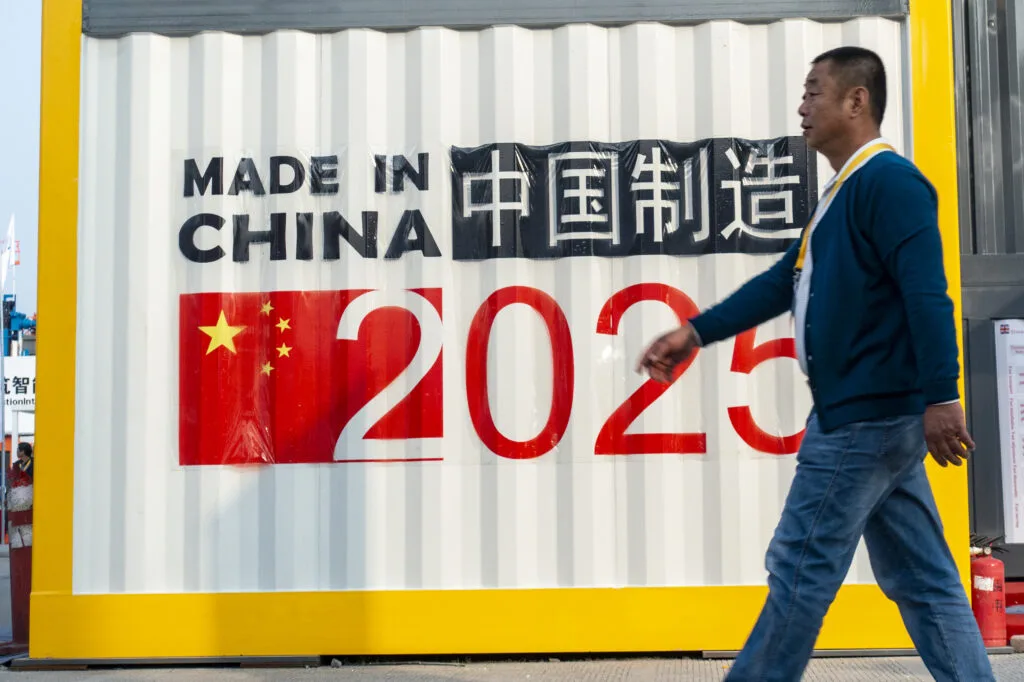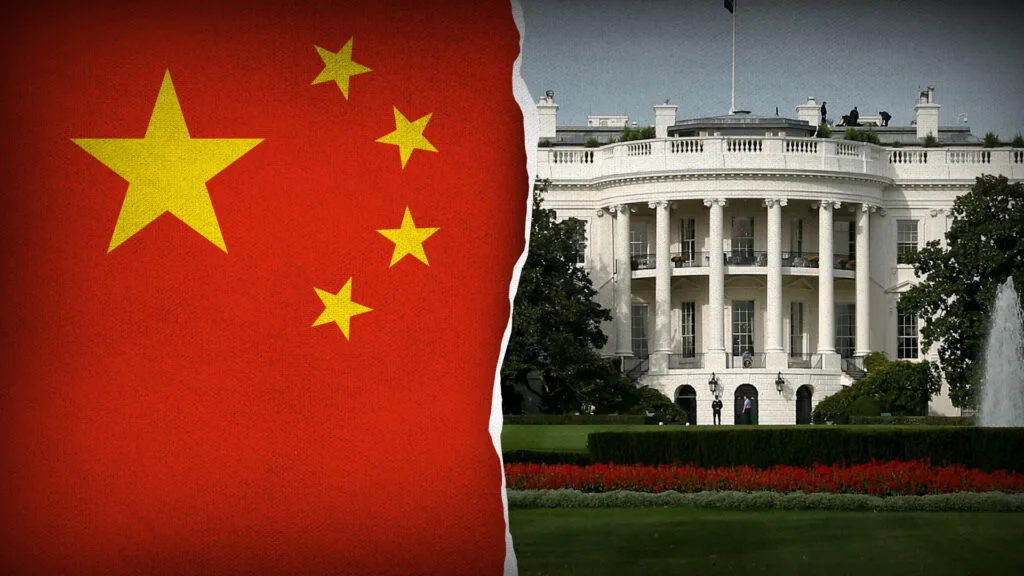Made in China 2025: The Industrial Plan that China Doesn’t Want Anyone Talking About

May 7, 2019
Share
The plan has become a political flashpoint in the Trump administration’s trade war with China: last fall, Vice President Mike Pence invoked the country’s ire when he lambasted Made in China 2025 — its sweeping industrial planning strategy — as a directive to obtain American intellectual property. Now, at least officially, it’s no longer part of the communist party’s program.
So is Made in China 2025 really gone? And how did it become such a controversy?
Announced by Chinese Premier Li Keqiang in 2015, MIC 2025 follows a long line of state-directed plans to channel government support and subsidies toward the development of Chinese companies. The 2025 plan, however, stood out for its ambition. It called for domestic companies to control not just Chinese markets, but also global ones. The plan’s focus on 10 key sectors, including robotics, artificial intelligence, and energy-efficient cars — all industries expected to drive the world economy in the coming decades — gained international attention.
The state-led policy was a central part of China’s strategy to transition from a country known for making toys and t-shirts to one that leads in advanced technologies — a transition key to becoming a global superpower.
But to the Trump administration, this strategy was a prime of example of how China’s development model promotes unfair competition and disadvantages U.S. businesses by subsidizing Chinese companies and limiting market access to foreign ones. The administration’s biggest MIC 2025 critics have argued that the plan’s ambitious targets motivate some of the more questionable behaviors U.S. officials have accused China of, including forced technology transfer and cyber theft. In March 2018, President Trump released a major investigation from the U.S. Trade Representative’s office highlighting MIC 2025’s role in what it called China’s “unreasonable” trade practices.
China took notice. Within weeks of Trump’s first tariff announcement in June 2018, the Chinese government started to downplay MIC 2025 and has avoided mentioning the plan since (which Trump held up as evidence that, thanks to him, China had abandoned the plan). Chinese media has been barred from reporting on it. And in March of this year, Keqiang did not mention MIC 2025 in his annual government work report for the first time since its announcement.
The Wall Street Journal reported that Beijing is replacing MIC 2025 with a new strategy, but so far there is little indication of concrete change other than in name. One of the key issues in the current U.S.-China trade negotiations is whether China will eliminate some of what the U.S. business community calls market-distorting subsidies for MIC 2025 industries. For the time being, the Chinese government continues to pour money into those sectors.
Spoken or otherwise, there seems to be consensus that the principles behind MIC 2025 are alive and well — China just isn’t using that name anymore.
Related Documentaries
Latest Documentaries
Related Stories
Related Stories
Policies
Teacher Center
Funding for FRONTLINE is provided through the support of PBS viewers and by the Corporation for Public Broadcasting. Additional funding is provided by the Abrams Foundation; Park Foundation; the John D. and Catherine T. MacArthur Foundation; and the FRONTLINE Journalism Fund with major support from Jon and Jo Ann Hagler on behalf of the Jon L. Hagler Foundation, and additional support from Koo and Patricia Yuen. FRONTLINE is a registered trademark of WGBH Educational Foundation. Web Site Copyright ©1995-2025 WGBH Educational Foundation. PBS is a 501(c)(3) not-for-profit organization.


























